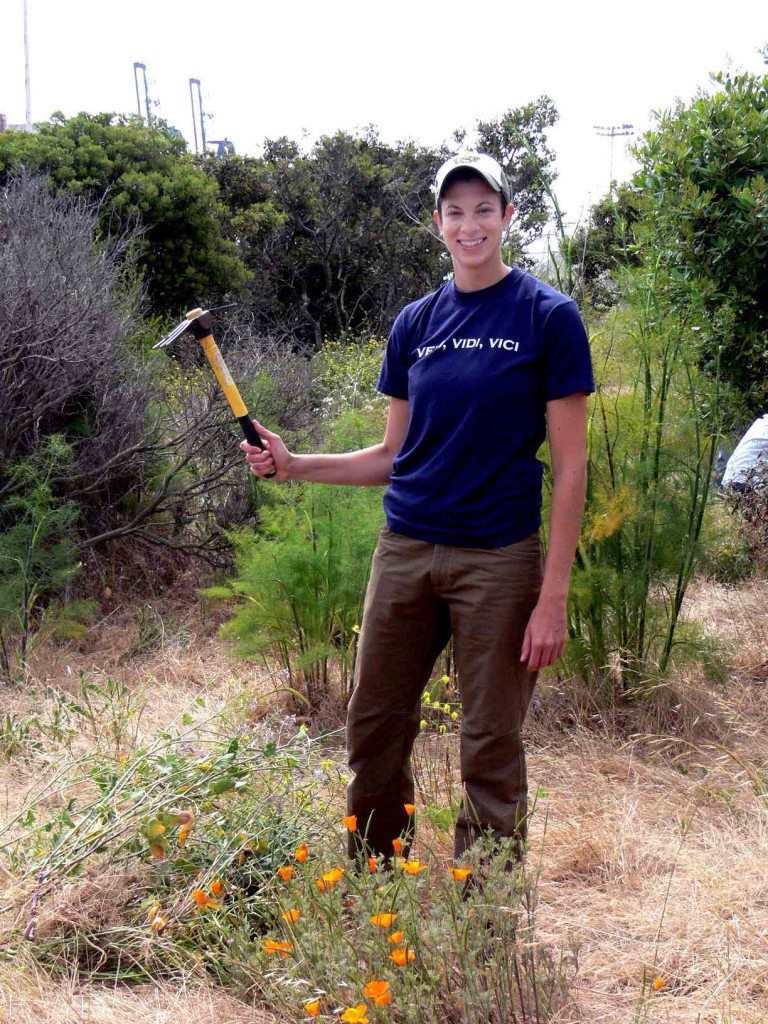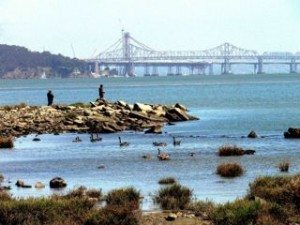Birding Lassen in the… snow?
By Dan Murphy
As we’ve done for the past 35 years or so, my wife Joan and I recently led a group of birders on the annual Golden Gate Bird Alliance trip to Lassen Volcanic National Park. Never been there? You don’t have to join our trip to enjoy this incredibly unique spot. The beauty of Manzanita Lake in the morning is out of this world. Add to that a landscape painted with lakes and streams, meadows and volcanic flats, waterfalls and mountains, volcanoes and glacial remnants, and you’ve got Lassen.
Each year seems to present unique challenges. Some years it’s a lingering winter. Other years it’s the pleasure of overcoming the effects of a bit too much wine. And then there is the challenge of recovering from the self-inflicted treatment deemed necessary to get an ant out of one’s ear. Or the forest fire that seasoned the clear mountain air a few years ago.
Now there is one thing we’ve counted on through all the years of the Lassen trip — the weather. We’ve never had rain. We’ve had it the day before the trip. We’ve had it the day after the trip. But we’ve never had so much as a drop dampen us during the trip. And snow? We had it the day after the trip once, but never during the trip.
 Hat Lake with beaver dam / Photo by David Anderson
Hat Lake with beaver dam / Photo by David Anderson
So it’s safe to say this is a fair weather trip. (Well, except for the year the temperature soared to 112° and everyone bailed out of the Saturday excursion to the Fall River Valley and Burney Falls. And some folks found the morning chill was a deterrent to birding at 6:30 a.m. the times it froze at Manzanita Lake.)
This year, 25 of us gathered for the big event. It was really promising because Joan and I spotted a Ferruginous Hawk on Glenburn Road while scouting on Thursday. How could it not be a great trip after that?
On Friday, we were up early for a walk around Manzanita Lake in the brisk morning air. Someone said we had 35 species, which is as good as we’ve ever done. Our midday hike was to Paradise Meadow. There was a bit of wind and some overcast, so I wore my light cotton shirt – no need for a jacket, was there? We tried birding Hat Lake, but the wind blew us out of there, so we headed for the 1.4 miles of trial that would take us up 700 feet to Paradise Meadow. …







